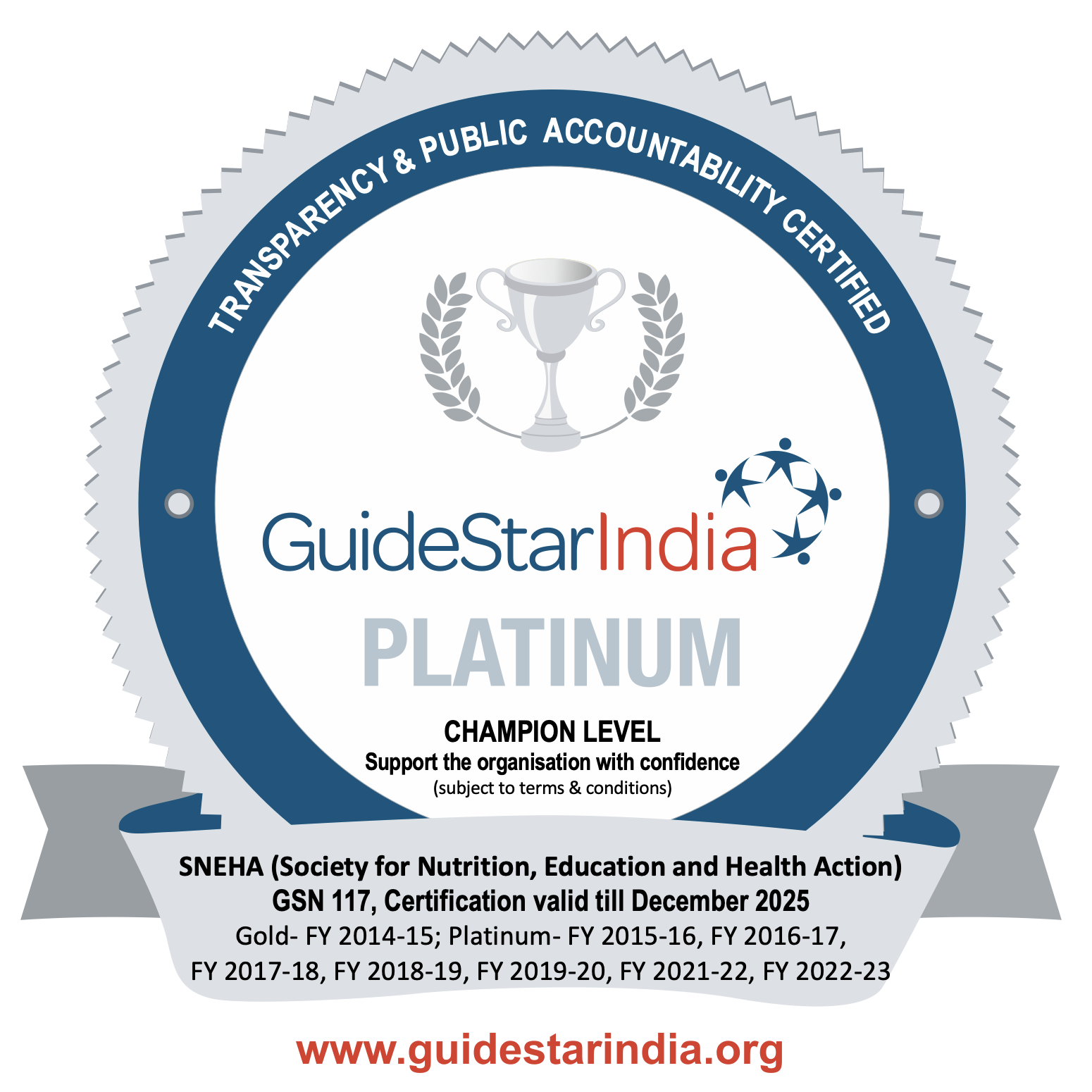Just how poor nutrition levels are among Indian children has been highlighted yet again; this time in IMRB’s recent survey across ten Indian cities.
According to the report, one in three children in these cities misses school for about 50 days a year due to persistent health issues, ranging from cold, cough or skin irritation – a telling sign of poor immunity levels.
The children surveyed were between the ages of 6 to 14 years. Many had even missed exams due to a nagging health issue.
Apart from the health concerns, the findings throw light on the financial implications. Three out of ten mothers said they went to the doctor at least once a month to get their child treated and spent about Rs 850 a month on medicines.
This comes just a few months after The Lancet published a report on how despite its economic progress, India continues to do poorly across health indicators. The report rated India’s performance as the worst among the BRICS nations (Brazil, Russia, India, China and South Africa). Not just that, it is far behind poor countries like Nepal and Bangladesh.
The Lancet report specifically highlighted how low body weight and stunting remains a serious concern in India.
Lack of awareness about what the link between nutrition and immunity levels is a big part of the problem. Parents, in both middle class and lower middle class homes, rely on processed foods, unaware of just how harmful they are for health. Consumption of fruits and vegetables is practically non-existent. There is emphasis on the quantity eaten, rather than quality.
All this points to a need to implement programs like AAHAR aggressively on a national scale. Under this program started by SNEHA, yearly camps are conducted across Mumbai slums where counsellors talk to mothers and grandmothers in the community about why cooking food fresh and fruits and vegetables matter. Healthy cooking practices are also demonstrated.
Given the low level of understanding of nutrition and the attractive, overwhelming presence of junk food, there is a need to find creative ways to address the nutrition challenge effectively.
Even rich countries are battling this, even if its from a different spectrum. In the US, for instance, no less than First Lady Michelle Obama has taken up the nutrition challenge, demonstrating cooking methods and exercise techniques on TV and social media. Her goal, is specifically children and the youth. Its high time India’s leadership showed similar commitment to the health of our children.














